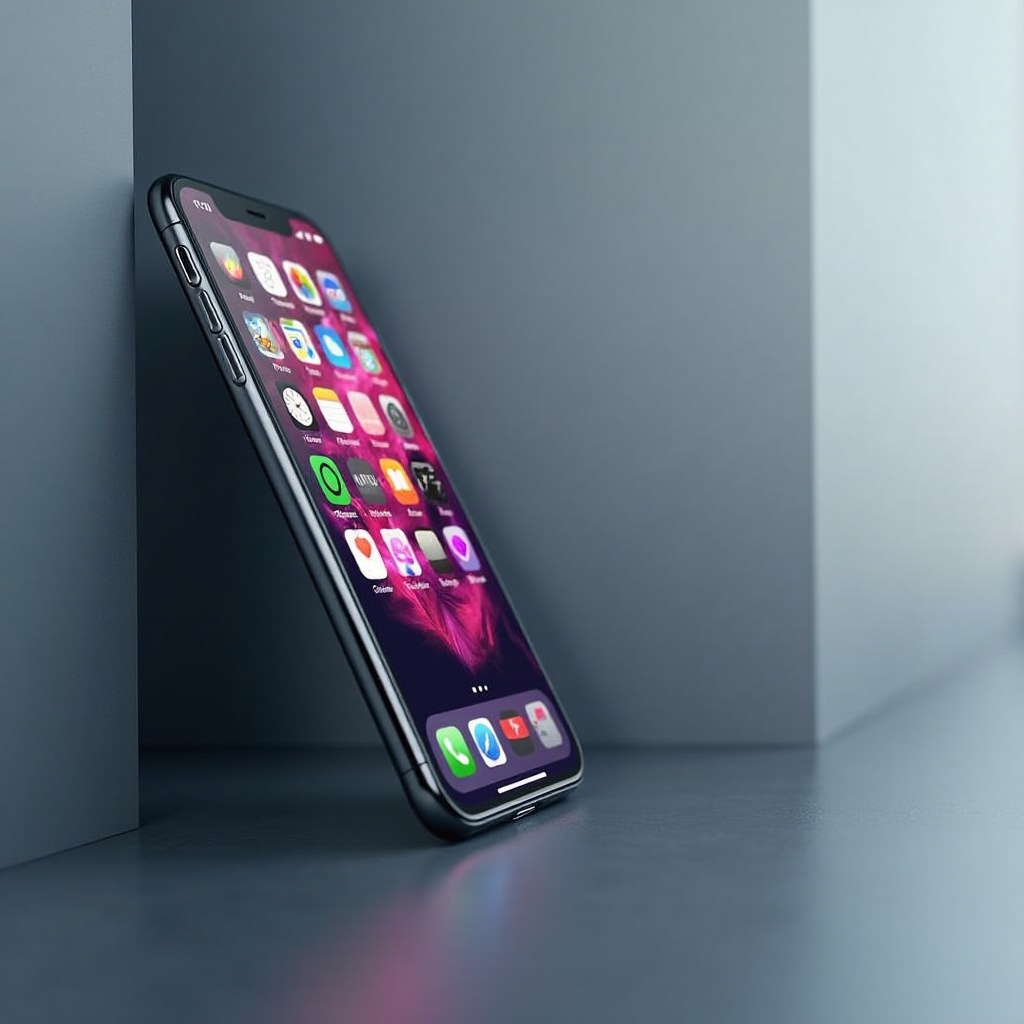Do iPhones Support LDAC? Understanding Apple’s Audio Capabilities
Introduction
In the world of advanced audio technology, listeners crave high-quality experiences. LDAC, a codec from Sony, promises near-lossless wireless audio. iPhone users often ask, ‘Do iPhones support LDAC?’ This article answers that question, examines iPhone’s audio abilities, and suggests ways to achieve top audio quality.

Understanding LDAC and Its Importance
LDAC offers high-resolution audio streaming up to 990 kbps, renowned for delivering rich sound. This codec is favored for its ability to handle broader frequency ranges than traditional codecs like SBC and AAC. Its dynamic bitrate adjustment handles shifts in network quality, ensuring consistent high-level audio.
Despite its appeal, LDAC’s benefits highlight why many users demand it on various devices. For iPhone enthusiasts, it represents a pinnacle of audio experience—a potential leap forward if integrated into the Apple ecosystem.
Current Bluetooth Audio Codecs on iPhones
Apple emphasizes simplicity and integration, impacting their choice in Bluetooth codecs. As of 2024, iPhones mainly support AAC and, secondarily, SBC. AAC provides a robust balance of sound quality and compression efficiency, making it suitable for services like Apple Music.
This choice aligns with Apple’s ecosystem focus on performance consistency, but it restricts options for audiophiles who seek codecs like LDAC. Understanding this context sets the stage for discussing iPhone compatibility with LDAC.

Do iPhones Support LDAC?
Currently, iPhones do not support LDAC. Apple’s preference for AAC underscores its commitment to uniformity and streamlined integration. Implementing LDAC involves navigating potential licensing and technical complexities, which can disrupt Apple’s user experience ethos.
While LDAC isn’t on iPhones today, the possibility remains open as high-resolution audio demand grows. Until then, exploring alternative ways to enhance audio on iPhones is essential.
Alternative Solutions for High-Quality Audio on iPhones
Even without LDAC, iPhone users have options for excellent audio. Here are some alternatives:
1. Use External DACs: Bypass the internal DAC for superior clarity using digital-to-analog converters.
2. Stream Hi-Res Audio: Services like Tidal, and Amazon Music HD offer high-bitrate streaming, enhancing sound with AAC.
3. Choose Quality Headphones: Brands like Bose and Sennheiser offer premium headphones that pair well with iPhones.
These methods let users enjoy quality sound while maintaining compatibility with Apple’s ecosystem.

Enhancing Your Audio Experience: Tips for iPhone Users
To maximize audio quality on an iPhone, try these tips:
– Adjust Audio Settings: Use iPhone’s EQ settings to tailor sound to your preferences for a more personal experience.
– Regular Maintenance: Clean headphones and ports from dust to maintain clear signals.
– Try Audio-Enhancing Apps: Applications like Boom 3D and Equalizer Fx Pro provide additional tuning options for improved audio.
These techniques can substantially elevate your listening experience, keeping it satisfying and immersive.
Conclusion
The inquiry about LDAC on iPhones reflects a broader interest in evolving audio technology. While not currently supported, Apple’s rigorous ecosystem prioritizes a harmonious user experience through AAC. By exploring available options and applying straightforward enhancements, iPhone users can enjoy impressive sound quality today while holding out hope for future innovations.
Frequently Asked Questions
Why doesn’t Apple support LDAC on iPhones?
Apple prioritizes ecosystem consistency, relying on AAC for seamless integration and quality across its devices.
What are the best audio codecs supported by iPhones?
iPhones primarily support AAC for efficient compression and quality, alongside SBC for basic wireless audio.
How can I improve audio quality on my iPhone without LDAC?
Improve audio by using external DACs, streaming hi-res audio, choosing quality headphones, and optimizing device settings.
